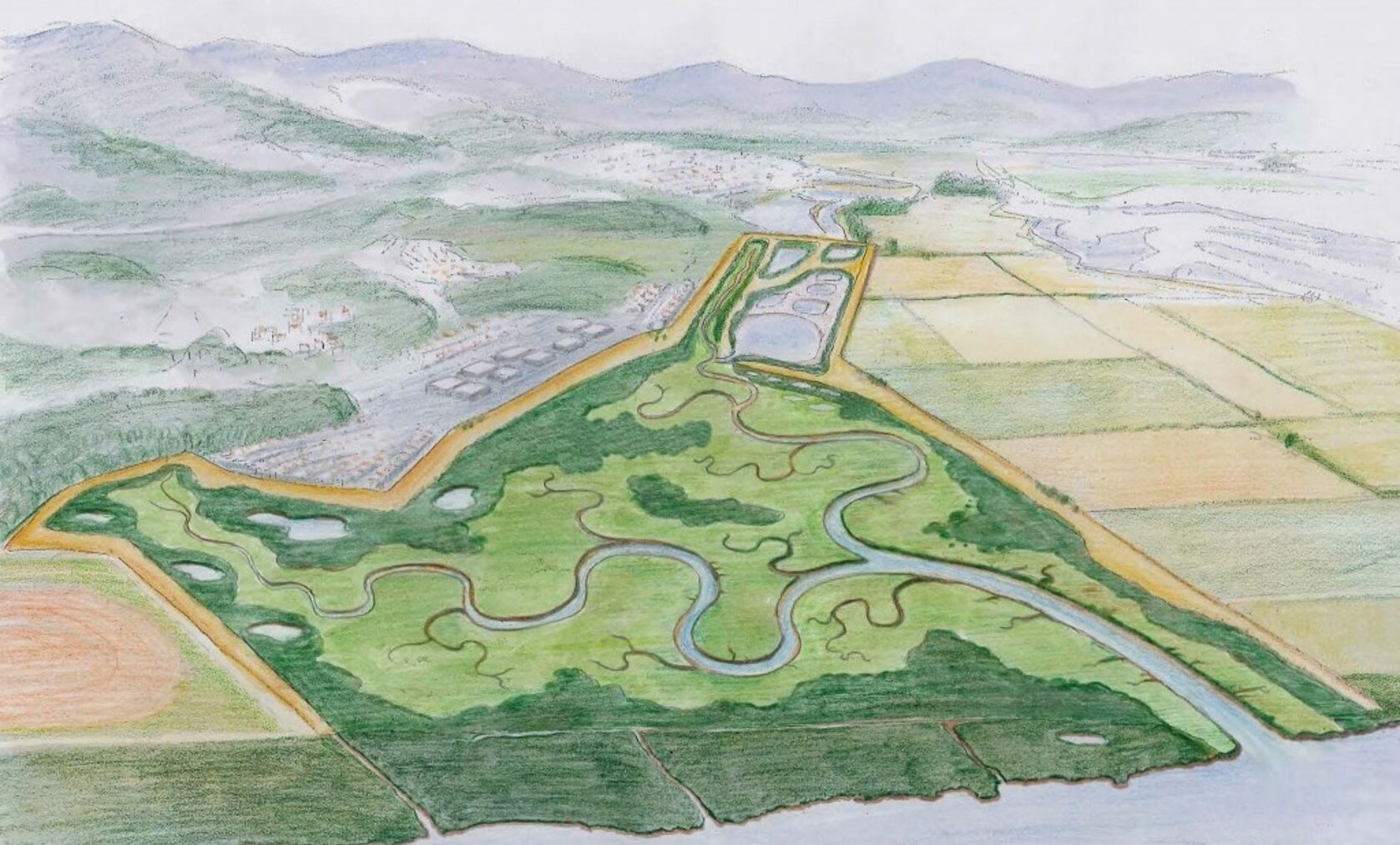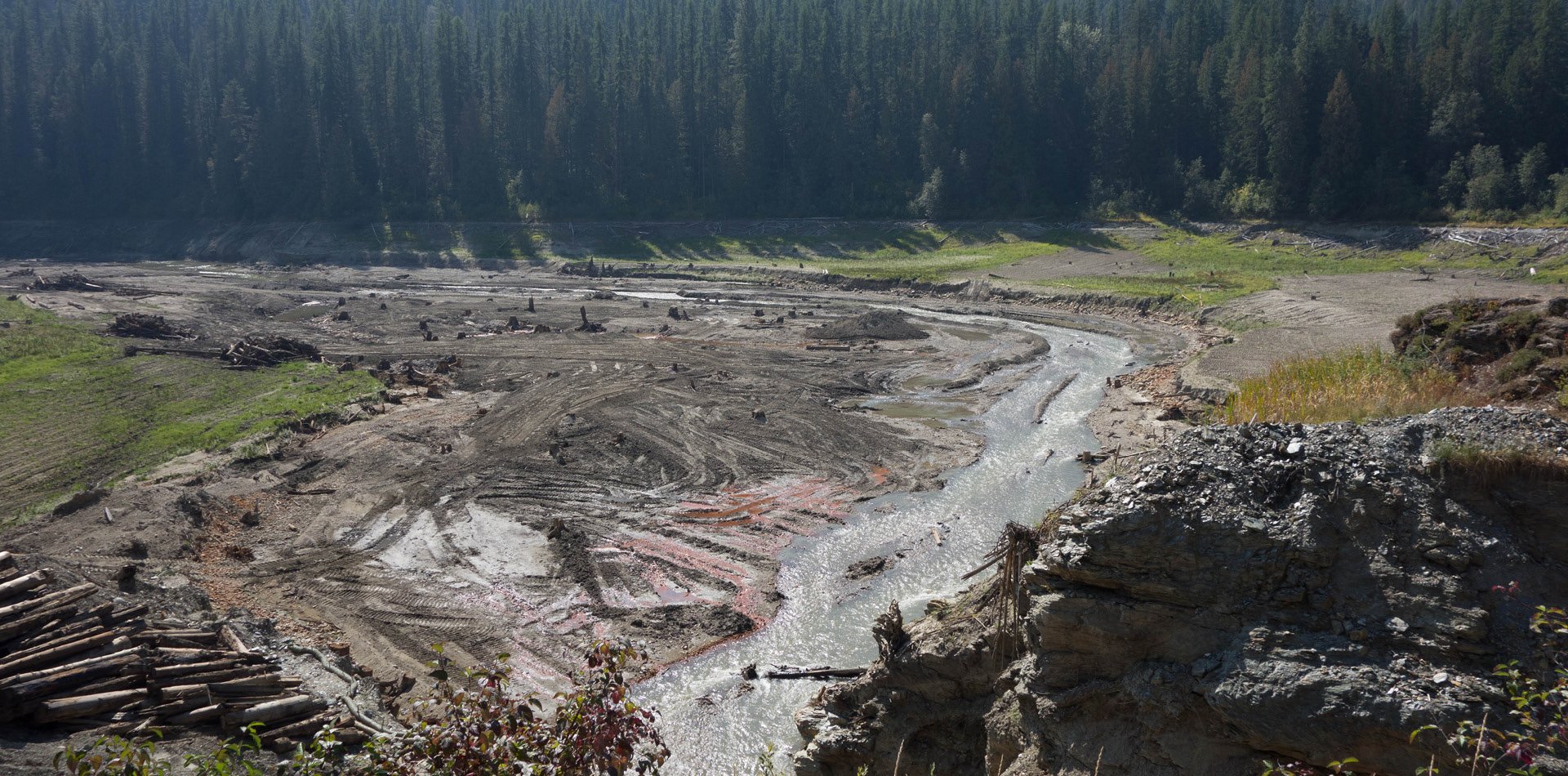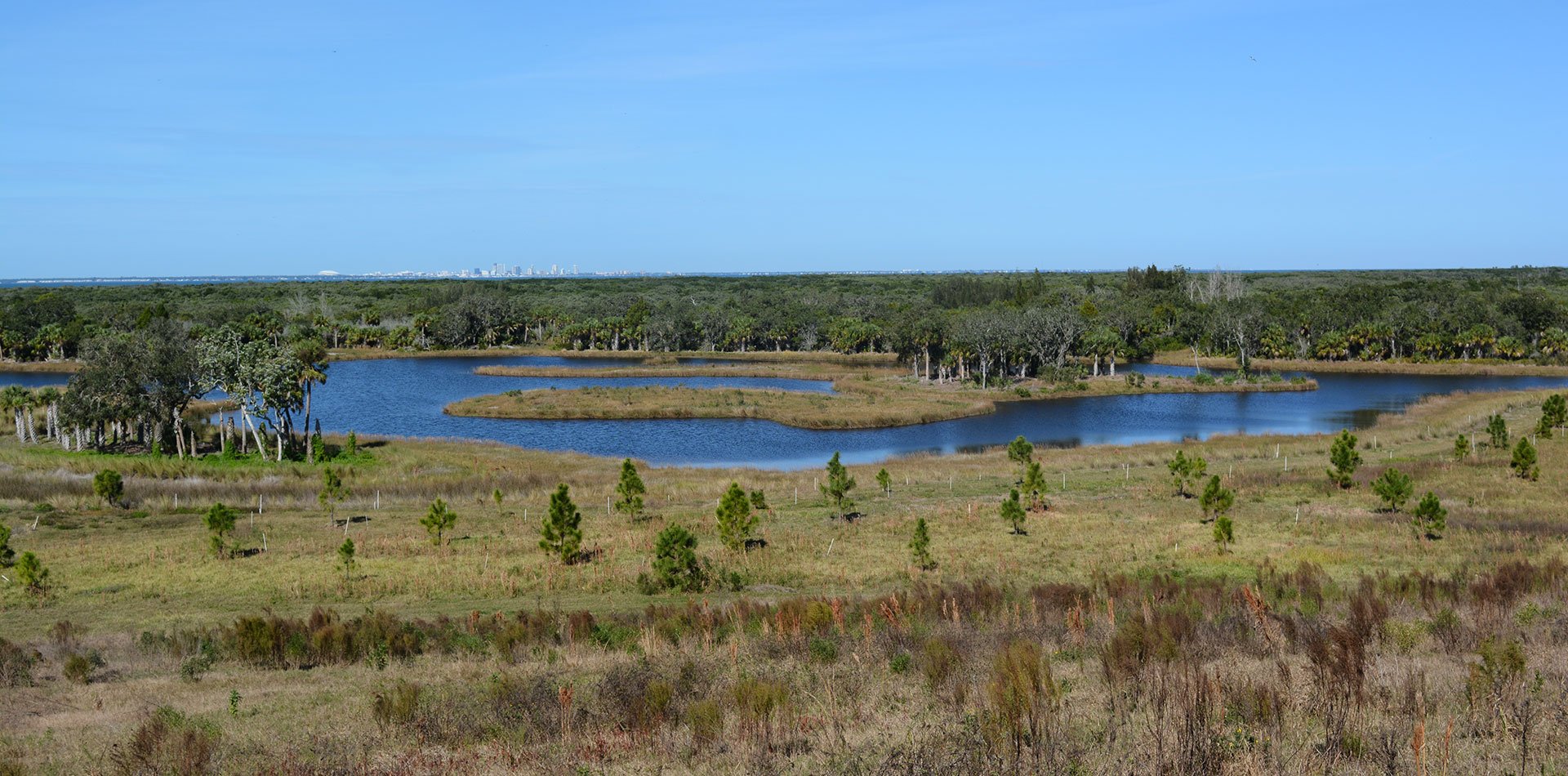ESA is pleased to sponsor, present, and attend this year’s National HCP Coalition 10th Annual...

Hamilton Tidal Wetland Restoration
The California State Coastal Conservancy and US Army Corps of Engineers restored a beautiful mosaic of tidal marsh, seasonal wetlands, and upland habitats along the Marin shoreline using repurposed dredged material.
Why does this project matter?
Originally part of San Francisco Bay’s tidal wetlands, this land was converted into an airfield in 1930. The restoration project has restored about 900 acres of tidal and seasonal wetlands, supporting diverse native plants and wildlife. Birdwatchers can observe various species along the beloved Bay Trail, including migrating shorebirds and local raptors.
What is ESA doing to help?
ESA served as the lead design consultant for the Hamilton Wetlands Restoration Project, which took place at the former Hamilton Army Airfield. The restoration involved the beneficial reuse of approximately 6 million cubic yards of dredged sediment, primarily sourced from the Port of Oakland’s Harbor Deepening Project.

This sediment was used to elevate the subsided site to levels suitable for tidal marshes. The restoration plan included a mosaic of tidal wetlands, along with 170 acres of upland seasonal wetlands to provide roosting and foraging habitats for shorebirds. There is also an upland “habitat levee” adjacent to the tidal marsh to enhance the ecosystem and provide erosion control against wave run-up.
Since its construction in 2014, ESA has carried out post-construction monitoring, which includes topobathymetric surveying, aerial mapping, vegetation monitoring, and wildlife surveys to document the ecological, hydrological, and geomorphic evolution at the site.
ESA’s team of hydrologists, engineers, and biologists collect and analyze data to evaluate the site’s performance and guide adaptive management activities. As part of the monitoring efforts, ESA’s Fish and Aquatic Science team is conducting focused fish surveys to track how native fish and invertebrates utilize the restored habitats, and get a broader understanding of how the evolution of habitat affects fish diversity dynamics.

ESA has also been leading Technical Advisory Committee meetings and managing the adaptive management framework.
Connect with our team
Details
Client California Coastal Conservancy, US Army Corps of Engineers
Location Novato, CA
Market Natural Resource Management

Similar Projects
News & Ideas
ESA is pleased to announce exciting new additions to the Northwest region as we welcome...
On October 10, 2024, the California Fish and Game Commission accepted the petition to list...
Note, this is the second of two articles exploring how ESA is helping to study...
ESA is pleased to present and attend this year’s Bay-Delta Science Conference in Sacramento, California from...
ESA is pleased to announce that Jorgen Blomberg has been selected to lead the firm’s...




















